Space

Educators and Parents, Sign Up for The Cheat Sheet
Weekly updates to help you use Science News Explores in the learning environment
Thank you for signing up!
There was a problem signing you up.
-
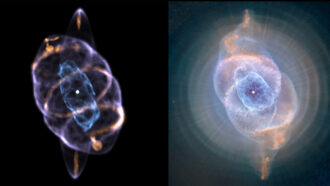 Space
SpaceJets may have sculpted rings of Cat’s Eye nebula
The Cat’s Eye nebula is one of the most complex of its kind. A 3-D model now reveals the source of that complexity.
-
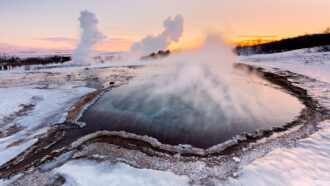 Physics
PhysicsExplainer: What are the different states of matter?
Most people know solids, liquids and gases — but what about the four other states of matter?
-
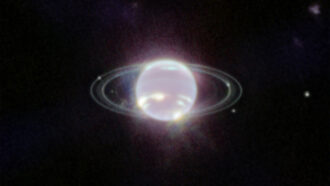 Planets
PlanetsCheck out the first direct look at Neptune’s rings since the ’80s
The Voyager 2 spacecraft took the first pics of Neptune’s rings 33 years ago. Now, NASA’s James Webb telescope is providing a more detailed view of them.
-
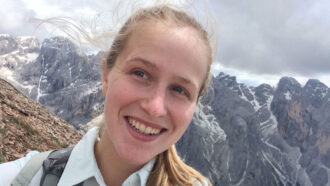 Space
SpaceThis physicist hopes to shake up our understanding of space
Adeene Denton uses a combination of geology, astrophysics and coding to better understand the structure of planets.
-
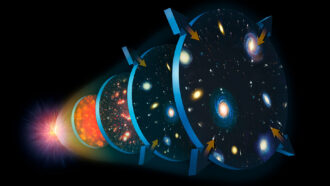 Space
SpaceMysteries about the universe abound, from its beginning to its end
Scientists have a good understanding of the laws that make our universe tick. But they still don’t quite know how it began — or will end.
By Trisha Muro -
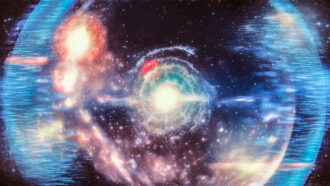 Space
SpaceIt all started with the Big Bang — and then what happened?
Scientists explain what really puzzles them about how our universe became what it is today — and what its future may hold.
By Trisha Muro -
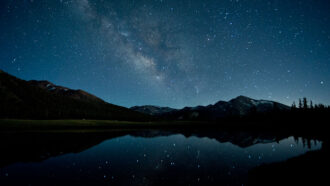 Physics
PhysicsCosmic timeline: What’s happened since the Big Bang
Energy, mass and the cosmos' structure evolved a lot over the past 13.82 billion years — much of it within just the first second.
By Trisha Muro -
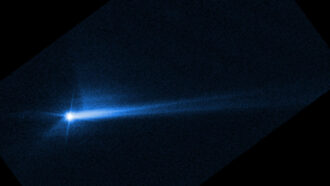 Space
SpaceNASA’s DART spacecraft successfully bumped an asteroid onto a new path
The spacecraft’s intentional crash into an asteroid changed the space rock’s orbit by more than 30 minutes — far more than expected.
-
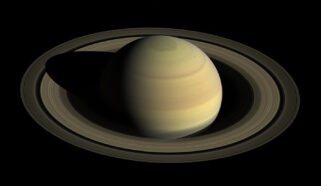 Space
SpaceA missing moon could have given Saturn its rings — and tilt
The hypothetical moon is being called Chrysalis. It could have helped tip the planet over before getting shredded to form Saturn’s rings.
-
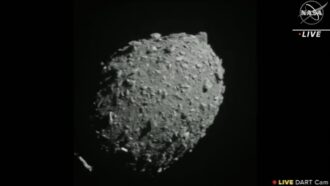 Tech
TechNASA’s DART spacecraft crashed into an asteroid — on purpose
This mission could provide a blueprint for how to deflect a killer asteroid, if one is ever found headed for Earth.
-
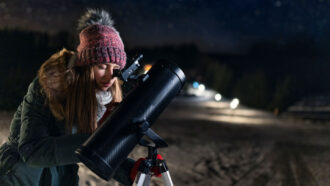 Space
SpaceScientists Say: Telescope
Almost everything we know about the universe around us, we know thanks to telescopes.
-
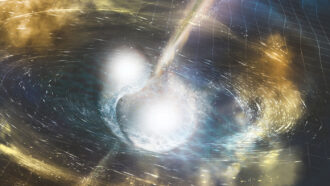 Space
SpaceLet’s learn about gravitational waves
Gravitational waves offer scientists a new way to view extreme objects such as black holes and neutron stars.